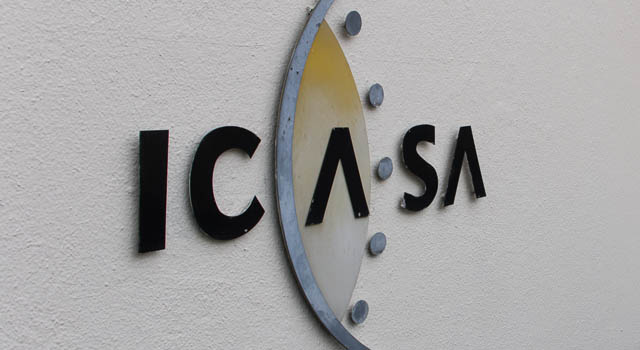
In what could be great news for South African telecommunications operators, Internet service providers and ultimately consumers, government finally appears to be making real progress in opening up new spectrum bands for broadband services.
TechCentral understands from several well-placed sources that government’s final spectrum policy is set to go before cabinet within weeks. This is after it passed muster with the economics cluster of ministers.
The presentation before cabinet is as an attempt to ward off any possibility of further delay in light of the long-term impact the licensing of spectrum will have on the sector.
TechCentral has established that once approved by cabinet, the policy will then have to be gazetted for public consultation for at least 30 days.
Once this process has been completed, the final policy directive will be gazetted for communications regulator Icasa to consider.
Telecoms operators are champing at the bit for access to new spectrum, with mobile operators, for example, arguing that they need additional access urgently in order to roll out 4G/LTE services nationally.
Speaking at the launch of the National ICT Forum last week, telecommunications & postal services minister Siyabonga Cwele deviated from his prepared speech to address the spectrum issue.
Like his predecessors, he dangled the spectrum carrot, assuring the gathering that the policy will be finalised soon. Unlike his predecessors, however, allocation may actually happen on his watch.
The last spectrum policy issued by the department was when Dina Pule was still minister, in December 2011.
Cwele’s immediate predecessor, Yunus Carrim, was meant to have issued a final policy directive on the licensing of spectrum by the end of March 2014. This did not happen and, in a statement issued exactly a year ago, the spectrum policy was left to the incoming administration to finalise, by October 2014.
This did not happen on time, but there appears finally to be serious movement on the issue.
Icasa already has its ducks in a row and should be able to move quickly once the final policy is in place.
In November last year, the regulator issued its draft radio frequency spectrum allocation plan, which was finalised in March 2015. The plan sets out how it will allocate and migrate different spectrum bands.

All Icasa needs to do then is to issue an invitation to apply to those interested in receiving spectrum and to start the licensing process.
Once it has received the applications, there are a number of ways it can decide on how to allocate or license the spectrum.
The traditional way is known as the “beauty contest” method, where different service providers present their business cases. This allows smaller operators a chance.
The other option is to have an auction, which favours those with financial muscle — companies such as Vodacom and MTN.
Auctions are often seen as favourable as they are less susceptible to influence, have set criteria, are quick and also allow government to extract maximum value for spectrum that can be used to deal with other service delivery challenges.
Icasa could also use a hybrid approach that combines both these methodologies, allowing government to extract maximum value, while also meeting its policy goals, such as its oft-stated goal of 100% broadband coverage by 2020.
There are two types of spectrum. Coverage spectrum is found in bands below 1GHz and include those such as the 800MHz and 700MHz “digital dividend” bands. Their propagation properties are suitable for coverage over long distances, making them suitable to cover rural areas.
Spectrum for capacity is ideal for urban areas and is found in the higher frequencies, with the 2,6GHz band in high demand.
This spectrum allows operators to build smaller cells in urban areas. Depending on the licensing methodology to be used by Icasa, 2,6GHz could be issued immediately, with the spectrum below 900MHz being made available once television broadcasters have vacated it through the long-delayed digital migration project.
Whichever licensing method Icasa chooses, it’s expected the licences will come with obligations on operators to provide broadband coverage in rural and underserviced areas. — © 2015 NewsCentral Media




